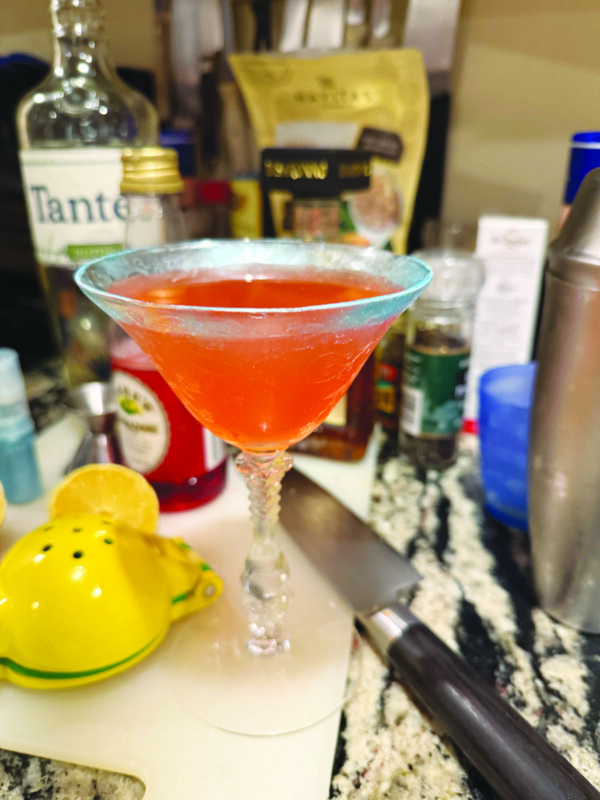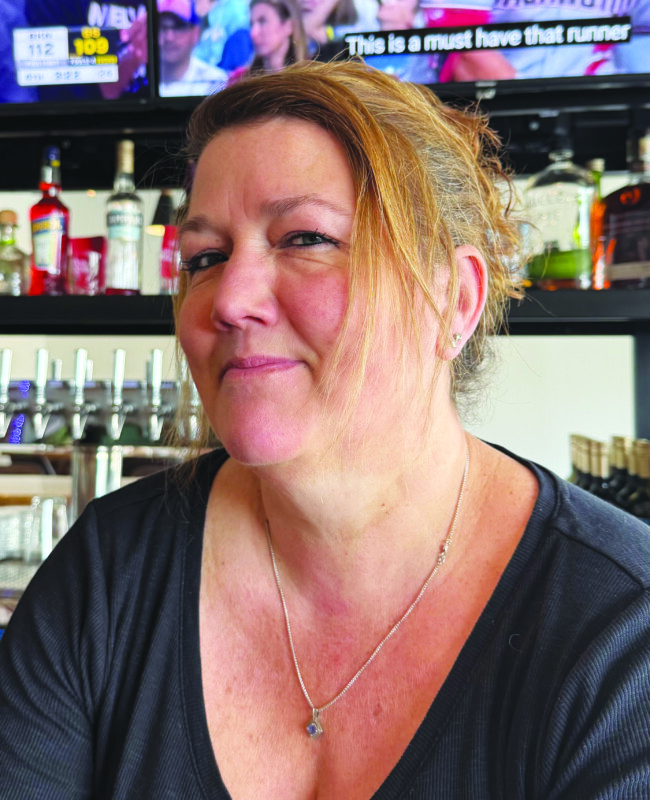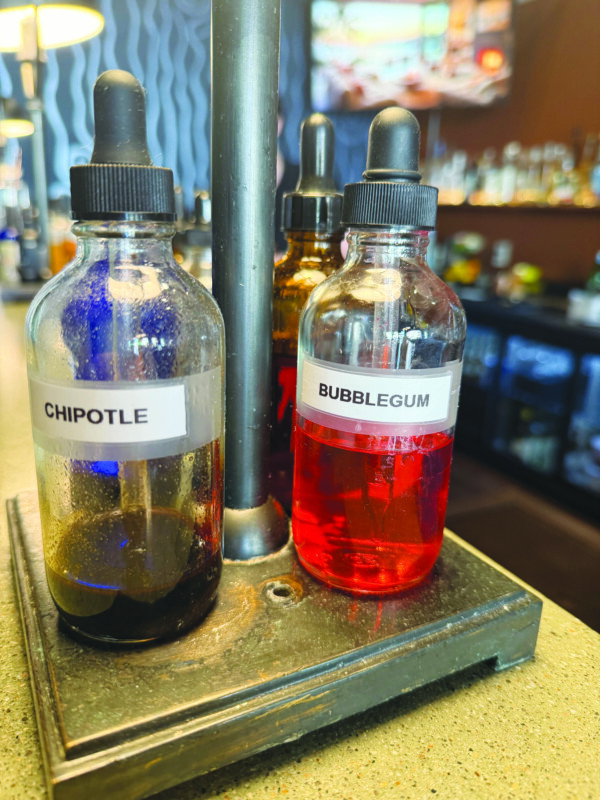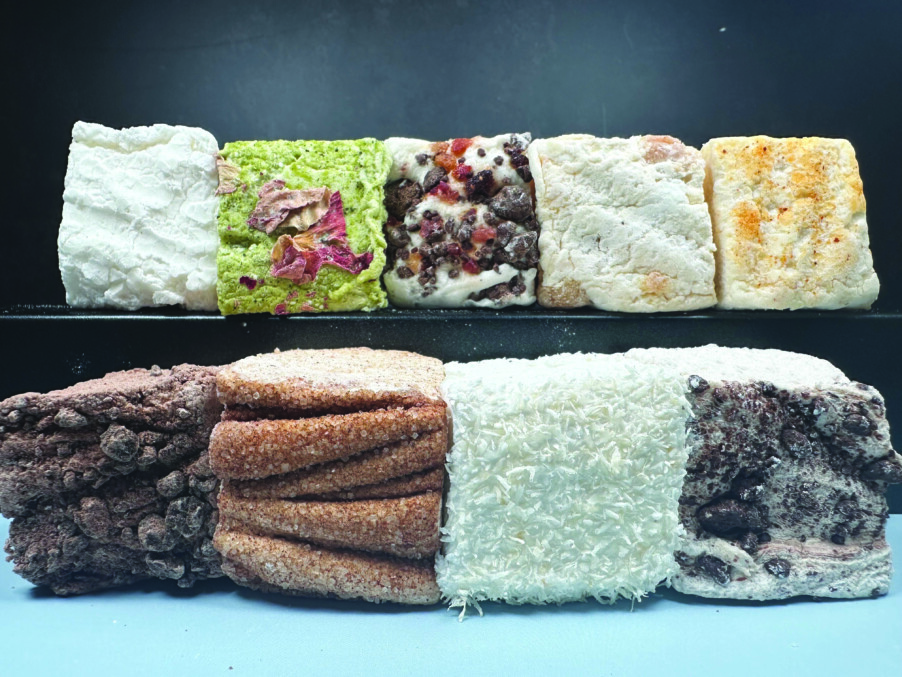Every cocktail sends a message.
A draft beer from a major brewery sends one message. Garnishing it with an orange wedge sends a slightly different one. Dropping a shot of whiskey into it for a Boiler Maker sends another one entirely.
Then there are the flamboyant cocktails, the ones that send out very different vibes than a Boiler Maker — though if you could find a cowboy bar that served both, it would be a super-precious discovery. I love the idea of an older guy with a weather-beaten face, calloused hands, and a thousand-yard stare delicately sipping a pink margarita.
So, for the open-minded cowboy in your life:
Pink Margarita
- 2 ounces Tanteo jalapeño-infused blanco tequila
- 1 ounce fresh squeezed lemon juice
- ¾ ounce amaretto
- ¼ ounce grenadine
- Brightly colored confectioner’s luster dust
Wet a finger in water or lemon juice, and dampen the outer surface of a cocktail glass.
Outside, or over a sink, spritz the damp outer surface of the glass with luster dust. Much like glitter from a child’s art project, luster dust has a half-life of about six months, and if you do your spritzing just standing casually at your kitchen counter, you will still be finding sparkly surprises at the holidays.
Combine the tequila, lemon juice, amaretto and grenadine over ice in a cocktail shaker. Ask your digital assistant to play “Freedom! ‘90” by George Michael. Cap the shaker, then shake until your hands get uncomfortably cold and you hear the ice starting to crack.
Strain into your lustery cocktail glass.
Even though it’s actually made from almonds, amaretto has a deeply satisfying, deeply fruity flavor. Tequila goes very well with fruit, of course, and just as well with almonds as it turns out. Grenadine is also fruity and fits in with this theme, but it is mostly here to provide color. It is deep red, but in such a small amount it gives the proceedings a gently pink color — not a flamingo chewing bubble gum shade of pink — just gently and reassuringly pink. The flavor of jalapeño in the background gives this drink a bit of a spine, and keeps it from being a three-swallow cocktail.
We all have some pink in us.
Featured photo: Pink and Fruity. Photo by John Fladd.







